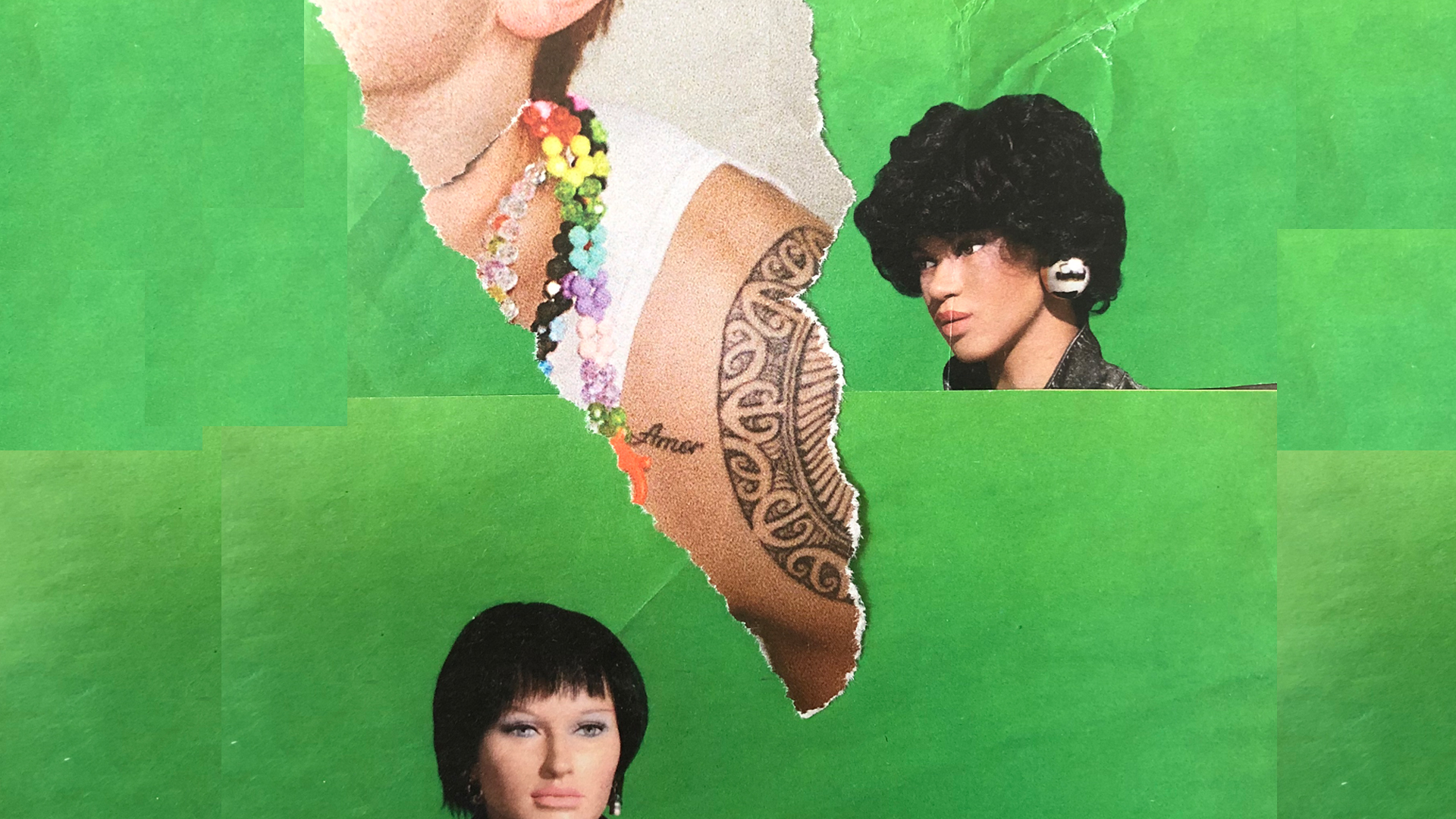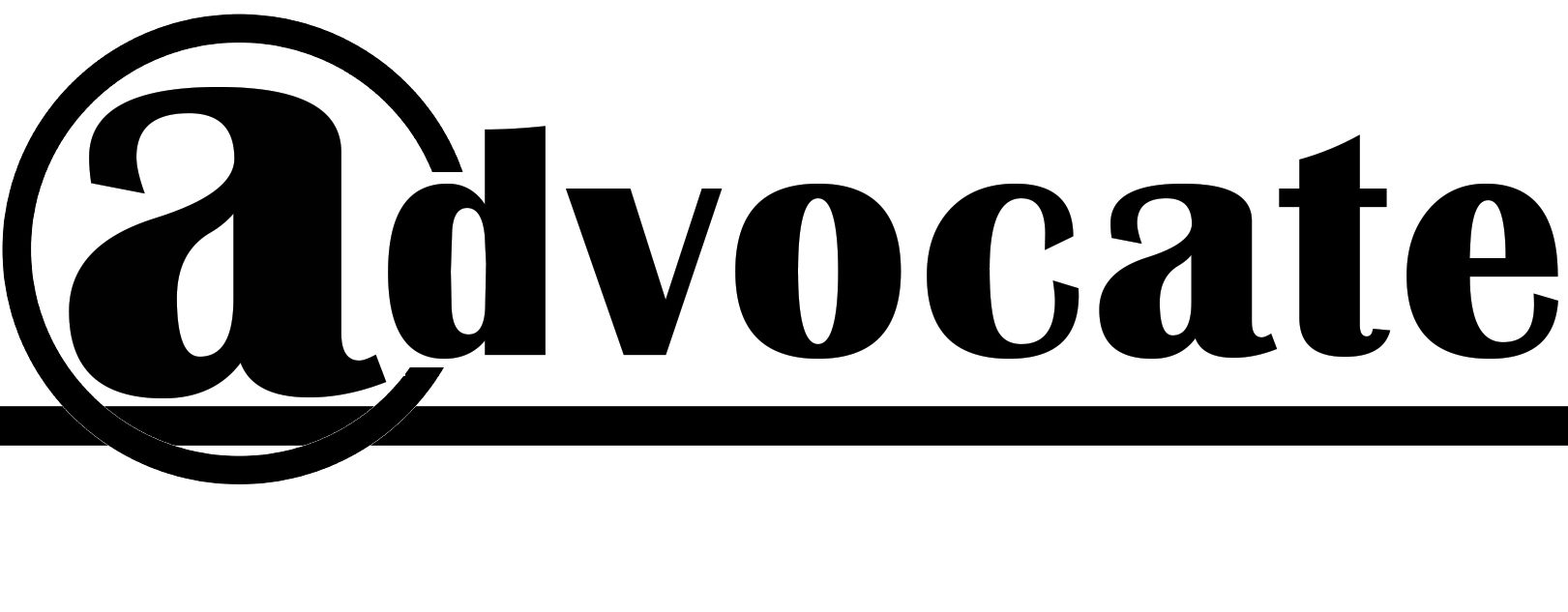 By James Brooks
By James Brooks
It should be said that homophobia in small towns, like Kapaau, HI where I live, isn’t unique. It might be repackaged to look like a “local” morality, but it’s really just the same old irrational fear of men, in this case, who deviate from traditional norms of masculinity. It creates an impressive feeling of scrutiny in small-town communities like Kapaau. Enough to make a lot of queer men here take great care to hide their sexuality from friends and family. Of course, men hiding their sexual orientation isn’t new or unique either, but going “Down Low” or “DL” does undermine our ability to operate as we fully are and, in the communities where we live.
Just like “the closet” always did, a “discreet” DL life in Kapaau for many men is treated as if it were some new exercises in personal freedom. But it avoids like the closet always did, being publicly identified as gay and protects the actor from potential anti-gay prejudice. It’s quite reasonable for a queer man, especially if he can pass as straight, to hide his sexuality as it helps him avoid potential condemnation. But hiding your queerness has always made quiet concessions to omnipresent, societal-level homophobia whereas being “out” publicly is a different posture entirely. It was and is a self-sacrificing move insofar as it has traditionally risked personal safety and social alienation. Being openly queer where you are has also been the only way to show the world you are not ashamed. Socially and politically, it has been our way to resist this constant bigotry.
Kapaau Town’s version of prejudice, with its conventional power of surveillance and punishment of queer men, culminates into a community-held stigma for being queer. Wherever the fear of being identified as gay is most intense, research shows the corresponding level of concealment goes up, i.e. when homophobia is high queer men go down low. Concealment is a lack of active disclosure, of general openness, and public knowledge of being gay or bisexual, which is a concealable stigma unlike, say, race. Importantly and particularly to queer men who don’t “look queer”, they are made discreditable only by the choice to be open about it. With the price of being seen as something other than a “normal” man in Kapaau Town relatively high, a straight appearing queer man here possesses the stigma of abnormality only when it is known by others. When, how, and to whom to disclose his stigma is entirely up to him with scholars pointing to current, mainstream attitudes that queer men are abnormal, that produces enough internalized discomfort that he may avoid a gay or bisexual identity altogether. Evidence that this internalized, and self-generating shame still exists, comes in the pragmatic “men who have sex with men” designation coined in HIV epidemiology. Public health researchers more effectively target and screen high risk populations, i.e. men who sleep with men, by avoiding asking them if they identify as gay or bisexual. To more effectively determine a man’s relative risk for an STI, research suggests it’s better to ask him if he sleeps with other men, and avoid identity questions altogether.
The “scourge of homophobia” globally speaking, makes over 80% of sexual minorities still hide their sexual orientation. Along with “making America great again” is a call to return to traditional gender roles which is increasing anti-queer rhetoric and in turn conjuring mainstream homophobic fantasies in conservative states. With the Human Rights Commission declaring for the first time a national emergency for LGBTQ+ Americans, this rhetoric has led to a spike in anti-LGBTQ+ legislative assaults that is making living conditions increasingly hostile for queers and their allies.
Right under the nose of Marriage Equality and workplace discrimination protection for LGBTQ, “groomer tropes” are once again on the rise in the United States. Directed mainly towards trans people, the term “groomer” is also historical coding for gay men as serial “recruiters” of children. Among other things, they are seen as crazed pedophiles who recruit boys to abuse them. The Florida Don’t Say Gay laws to ostensibly protect children, riffing off talk of homosexuality as a form of recruitment—is a very old, and abjectly homophobic, form of socially sanctioned terror that targets LGBTQ+ people. University of Pennsylvania professor Javier Vendrel’s, explains in his book The Seduction of Youth, the gay male pedophile trope in particular, has its origins in 1929 Germany. Protecting adolescent boys from being seduced into the gay lifestyle, after losing over 2 million men after World War I, had the subsidiary effect of replenishment that was cause célèbre after World War 1. The hysteria about a declining birthrate outlived the Nazi regime and made its way to the United States. Between 1947 and 1955, 21 states plus the District of Columbia adopted laws designed to identify and apprehend “sexual psychopaths” for gay men living in the pre-1973 world. These statutes were instrumental in establishing the gay male groomer designation in the United States.
With the rise of Trumpism and the corresponding reemergence of groomer rhetoric harnessing mainstream anxieties, the social environment for queer men just got more violent. It’s convenient, and it makes even more sense now, for a queer man to hide. As George Weinberg observed around the moral power of a panic directed towards gay people in the 1960’s, this authority continues today with the don’t say gay mob despite growing acceptance of queer. With their newly architected U.S. Supreme Court, this mob produced an unprecedented ruling with very little mainstream, censorious recrimination—unlike, for instance, Dobbs. The court allowed a web designer to refuse to build a marriage website for same sex couples under the guise of religious freedom. Said Justice Sonia Sotomayor of the 303 Creative v. Elenis case, the Constitution “contains no right to refuse service [to gay people] in the marketplace” and no “act of discrimination [because of one’s religious beliefs]” has ever “constituted protected expression under the First Amendment.”
Back in Kapaau Town, where being openly queer is still punishable, going DL inadvertently makes a queer man part of this machinery that further drives inequality. Fear of estrangement producing the impulse to go DL in the first place, both real and imagined, serves to undercut the ability of other queer men to be accepted. A DL status isn’t forcing the straight world to accept our very real existence. It doesn’t widen our scope and influence by forcing integration, which has always risked violence. Being publicly queer was and is a general collective action that produces solidarity because of its visibility. A bloc of openly queer men is the primary way we constructed the idea we deserve equal rights. Being “out” says sociologist Abigail Saguy, is still the only way to effectively fend off the anti-gay mob. More openly queer men in Kapaau would be commanding the level of social equality where civil rights have always involved being out or coming out to the community. Discovering others are queer too, is a singular unifying mechanism that makes queer life better. As a central tool of the gay liberation movement, Saguy points to challenging heteronormativity to the formation of laws protecting LBTBTQ+ individuals over the last 55 years. Protections that improve the mental and physical health of queer people.
A 51 year old Kapaau business owner I interviewed has been mostly DL his whole life. He doesn’t want to be a target of discrimination even though Hawaii has modernized laws explicitly permitting marriage for same sex couples. “I know a few [gay] local males that moved away so they could live their life openly,” he said. To “live my normal life, I got married to a woman and had kids. Growing up here, all I heard was people making fun of gay people. I didn’t want to be ‘that’ person that got made fun of.” Bisexual at the time he was married—he kept that part thoroughly secret too—he said, “any [gay] relationship that I had was out of town, not here.”
The constant stress of hiding mirrors other sexual and gender minority experiences in Hawaii and who face stark health inequities in comparison to their straight counterparts. The work associated with a DL status drives internalizing and corrosive mental health states as these are associated with cognitive, effective, and behavioral stress responses to an individual who if he does disclose, anticipates he will be rejected by his peers. If we view homophobia as both “a scourge in the modern era despite greater acceptance of sexual variation,” says Antonio Ventriglio and fellow researchers, and an attack on queer well-being, queer visibility is the countermeasure. Easier said than done. But when you build a visible structure of queer men, it pushes for greater freedom. The business owner described this convincingly: “I can’t think of any local male couple that live here,” he said, but then he started seeing new arrivals to the area, and “For some reason, I feel no one cared about their sexuality.” Then he said, “If I did meet the right person, I think I might just live my life with that person and not care about people.”
About James:
I have run several articles on the politics of queer identity in The Advocate (City University of New York) and The Hawaii Journal of the Humanities. I have an M.A. in Communication from San Francisco State University. I currently reside on the Big Island with my husband, and dog, Ranger.
https://www.jamesbrooks-writer.com
